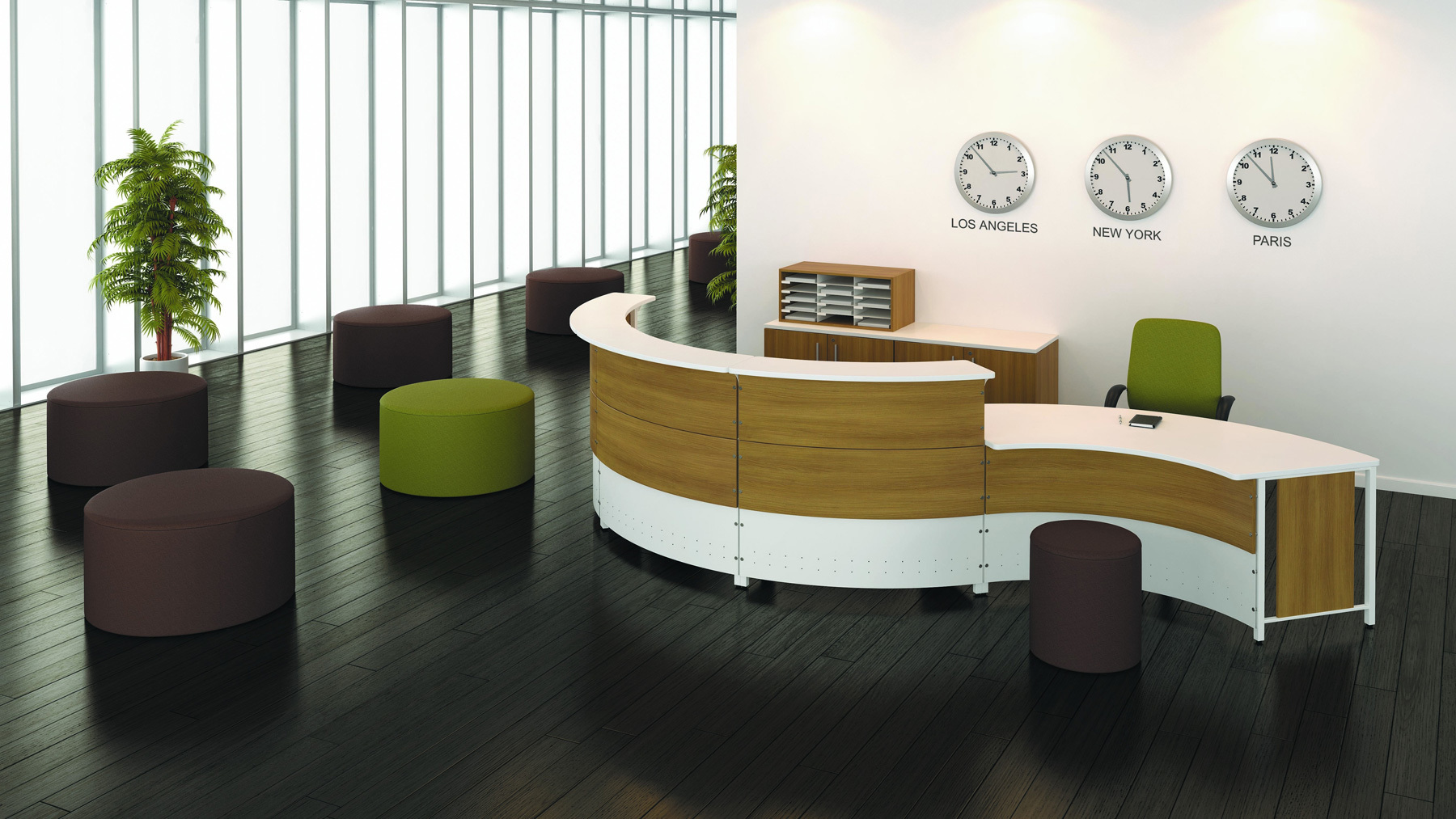First impressions form in seven seconds. Office interior design focused on reception areas determines whether visitors feel welcomed or wish they’d scheduled a video call instead. Nowadays, 75% of business decisions are influenced by first impressions formed in lobby spaces, but many companies still spend more time designing conference rooms than the first space every client, candidate, and partner encounters. The reception area isn’t just a waiting zone; it’s the physical embodiment of your brand promise, your company culture, and your attention to detail all compressed into a single room that either elevates or undermines everything else you’ll say during the meeting ahead.
When you hire a design-build office interior designer, they can transform reception spaces into strategic business tools. They ensure that every element from lighting to furniture placement works together creating memorable experiences rather than forgettable lobbies.
Step One: Build Your Brand Into Every Surface and Sightline
Your reception desk should announce your company identity before anyone speaks a word. Office interior design integrating brand colours, logos, and values into architectural elements creates immediate recognition and reinforces your market position. The commercial interior designer selects materials reflecting your brand personality; tech companies might choose sleek metals and glass conveying innovation, while law firms could use rich wood and leather communicating stability and tradition.
Modular office furniture enables brand expression through flexible configurations that can evolve as your company grows or rebrands without requiring complete replacement. Consider custom reception desks featuring integrated LED lighting displaying your logo, or wall installations using your brand colours in unexpected textures like fabric panels, natural stone, or dimensional wood treatments.
Canadian office furniture manufacturers offer customization options ensuring pieces match your exact brand specifications rather than forcing you to choose from limited standard finishes. Interior design services coordinate these custom elements with off-the-shelf components creating cohesive environments that look entirely bespoke while managing budgets effectively.
The goal isn’t logo wallpaper everywhere; subtle brand integration works more powerfully. A financial services firm might use their signature blue in upholstery accents and artwork rather than painting every wall. A creative agency could display client work and awards showcasing expertise without obvious branding. Source office furniture and finishes that whisper your brand story through quality, style, and thoughtful detail rather than shouting through obvious corporate graphics.
Step Two: Master the Layout for Intuitive Flow and Function
Reception layout either guides visitors effortlessly or creates confusion requiring constant staff redirection. Office interior design using strategic furniture placement ensures the reception desk is immediately visible upon entry while maintaining clear pathways to seating areas, elevators, and restrooms. The interior designer maps traffic flow preventing bottlenecks during busy periods when multiple visitors arrive simultaneously.
The reception desk should position staff facing the entrance providing visual oversight of arrivals while offering them views beyond just the door, preventing psychological strain from staring at walls all day. Modular office furniture enables experimentation with different desk orientations during planning phases before committing to fixed installations.
Seating zones should separate from circulation paths so waiting visitors aren’t constantly interrupted by people walking past. Create distinct areas using area rugs, lighting changes, or subtle floor level variations rather than physical barriers that fragment the space visually. Canadian office furniture manufacturers provide lounge seating in various scales allowing customization to your specific space dimensions.
Technology integration requires advance planning during layout development. Interior design services coordinate outlet placement, wifi access points, and device charging stations ensuring visitors can work comfortably while waiting. Consider tablet-based sign-in systems requiring power and data connections at the reception desk, digital displays for wayfinding or company messaging, and conference room booking screens visible from reception.
Office wellness considerations include adequate personal space between seating positions preventing visitors from feeling crowded. Industry standards suggest 20 square feet per person in waiting areas, increased if your clients typically arrive with teams rather than individuals. A design-build office interior designer balances capacity needs with comfort requirements creating spaces that accommodate peak traffic without feeling empty during normal periods.
Step Three: Select Furniture That Balances Comfort With Professional Presence
Reception furniture must satisfy competing demands: comfortable enough for extended waits yet formal enough to maintain professional atmosphere. Commercial interior designer expertise guides selections balancing these requirements through careful material choices, scale considerations, and style coordination.
Seating should provide actual comfort rather than decorative poses. Test chairs yourself by sitting for fifteen minutes rather than judging by appearance alone. Look for adequate seat depth, lumbar support, and armrests that don’t force awkward postures. Office furniture design for reception requires commercial-grade construction withstanding constant use from different body types and sizes.
Mix seating types to accommodate different preferences and group sizes. Include individual chairs for solo visitors valuing privacy, small sofas for pairs or colleagues arriving together, and perhaps a bench for larger groups. Modular office furniture enables reconfiguration when usage patterns change over time.
Side tables and coffee tables add functionality providing surfaces for devices, beverages, or reading materials without cluttering main seating. Choose tables at appropriate heights for the seating they serve; end tables should align with chair armrests while coffee tables sit slightly lower than seat height.
Storage solutions keep reception areas organized. Canadian office furniture manufacturers offer reception desks with integrated filing, lockable drawers for sensitive documents, and display areas for brochures or company information. Interior design services specify closed storage for operational clutter while providing open display space for curated materials guests should see.
Source office furniture from reputable manufacturers offering warranties and replacement parts availability. Reception areas experience heavy use making durability and serviceability essential considerations beyond initial aesthetics and cost.
Step Four: Control Light and Sound for Optimal Comfort
Environmental quality determines whether reception areas feel welcoming or uncomfortable regardless of furniture quality. Office interior design addressing acoustics and lighting creates spaces where conversations remain private, ambient noise stays controlled, and illumination supports various activities from reading to device use.
Acoustic treatment prevents sound from disrupting both visitors and staff. Hard surfaces common in reception areas including tile floors, glass walls, and stone desks reflect sound creating noisy environments. The commercial interior designer adds absorption through upholstered furniture, acoustic ceiling tiles, fabric wall panels, or strategically placed plants softening sound without requiring major architectural changes.
Lighting layers create flexibility for different times and moods. Combine natural daylight with ambient overhead lighting, task lighting at the reception desk, and accent lighting highlighting artwork or architectural features. Interior design services specify dimmable systems allowing staff to adjust lighting based on time of day, weather conditions, or desired atmosphere.
Office wellness benefits from proper lighting quality including colour temperature choices affecting mood and alertness. Cooler light temperatures around 4000K promote alertness during morning hours while warmer 3000K temperatures create welcoming evening ambiance. Avoid the harsh 5000K+ lighting common in big box stores making everyone look unwell.
Design-build office interior designer coordination ensures acoustic and lighting systems integrate with architectural features rather than appearing as obvious afterthoughts. Acoustic panels can be beautiful design elements rather than industrial-looking corrections, while lighting fixtures become sculptural features rather than purely functional devices.
Step Five: Add Thoughtful Details That Demonstrate Care and Consideration
Small touches separate memorable reception experiences from forgettable lobbies. Office interior design incorporating amenities and details shows visitors their comfort matters to your organization creating positive emotional responses before business discussions begin.
Provide practical amenities visitors actually need. Coat racks or closets for outerwear and bags, device charging stations for phones and laptops, and water or coffee service demonstrate hospitality. Modular office furniture with integrated power outlets and USB charging prevents visitors from hunting for available outlets or asking staff for charging access.
Reading materials and information displays should be current and relevant. Outdated magazines and dog-eared brochures undermine professional image. Consider digital displays showing company news, industry information, or even local weather and transit updates useful for visitors.
Greenery adds life and improves air quality while softening hard architectural elements. Canadian office furniture specifications can include integrated planters in reception desks or room dividers, while interior design services select appropriate plant species for available light levels and maintenance capabilities.
Temperature control deserves attention ensuring reception areas stay comfortable year-round without drafts or hot spots. Source office furniture placement should avoid blocking HVAC vents or placing seating directly in airflow paths creating uncomfortable cold spots.
Subtle scent management through fresh flowers, diffusers, or simply maintaining clean environments prevents unpleasant odours without overwhelming visitors with strong artificial fragrances. Commercial interior designer expertise includes sensory considerations beyond just visual elements.
Frequently Asked Questions (FAQ):
Why should companies hire a design-build office interior designer specifically for reception area renovations rather than using separate designers and contractors?
Design-build office interior designer teams manage reception renovations through unified coordination of multiple disciplines including electrical systems for technology integration, structural modifications for custom reception desks, and HVAC adjustments for comfort without noise. This integrated approach prevents the delays and cost overruns occurring when separate contractors work independently without coordinated planning. Professional teams ensure reception areas open on schedule and within budget while maintaining design integrity throughout construction.
How does modular office furniture specifically benefit reception area functionality compared to traditional fixed furniture installations?
Modular office furniture enables reception areas to evolve with changing business needs through flexible reconfiguration without complete replacement. Companies can experiment with different layouts during planning, adjust seating arrangements as traffic patterns change, and update brand expression as identity evolves. Interior design services using modular systems create cohesive environments that adapt over time while Canadian office furniture manufacturers provide customization matching exact specifications ensuring both flexibility and brand consistency.
What specific acoustic and lighting strategies do commercial interior designer teams implement to improve reception area environmental quality?
Commercial interior designer teams address acoustics through upholstered furniture absorption, acoustic ceiling tiles, fabric wall panels, and strategic plant placement softening sound reflection from hard surfaces. For lighting, they layer natural daylight with ambient overhead systems, task lighting at reception desks, and accent lighting highlighting features while specifying dimmable controls and appropriate colour temperatures supporting both alertness and welcome depending on time and purpose. Office interior design coordinating these elements creates comfortable environments supporting both visitor experience and staff effectiveness.
Key Takeaways
- Office interior design focused on reception areas directly influences business outcomes with 75% of decisions affected by first impression quality.
- Design-build office interior designer coordination prevents renovation delays through unified management of electrical, structural, and mechanical systems.
- Commercial interior designer expertise guides brand integration into surfaces, materials, and spatial arrangements creating memorable identity expression.
- Strategic layout planning ensures intuitive traffic flow with the reception desk immediately visible and seating zones separated from circulation paths.
- Modular office furniture enables flexibility for changing needs while Canadian office furniture provides durability and customization supporting brand expression.
- Furniture selection must balance comfort requirements with professional atmosphere through commercial-grade construction and appropriate style choices.
- Interior design services address acoustic and lighting quality creating environments where conversations stay private and illumination supports various activities.
- Office wellness considerations include adequate spacing between seating, proper lighting colour temperature, and temperature control preventing discomfort.
- Source office furniture from manufacturers offering warranties and replacement availability ensuring long-term serviceability in high-traffic reception areas.
- Thoughtful amenity provision including coat storage, device charging, current reading materials, and greenery demonstrates organizational care and consideration.
Modern reception areas in 2025 function as strategic business tools rather than decorative waiting zones. When companies invest in comprehensive reception design through experienced design-build office interior designer teams and coordinate furniture selection through knowledgeable interior design services, they create first impressions that open doors rather than close minds. The difference between forgettable lobbies and memorable reception experiences lies in systematic attention to brand integration, layout functionality, furniture quality, environmental comfort, and thoughtful details that collectively communicate professionalism, hospitality, and organizational competence before any meeting begins.

